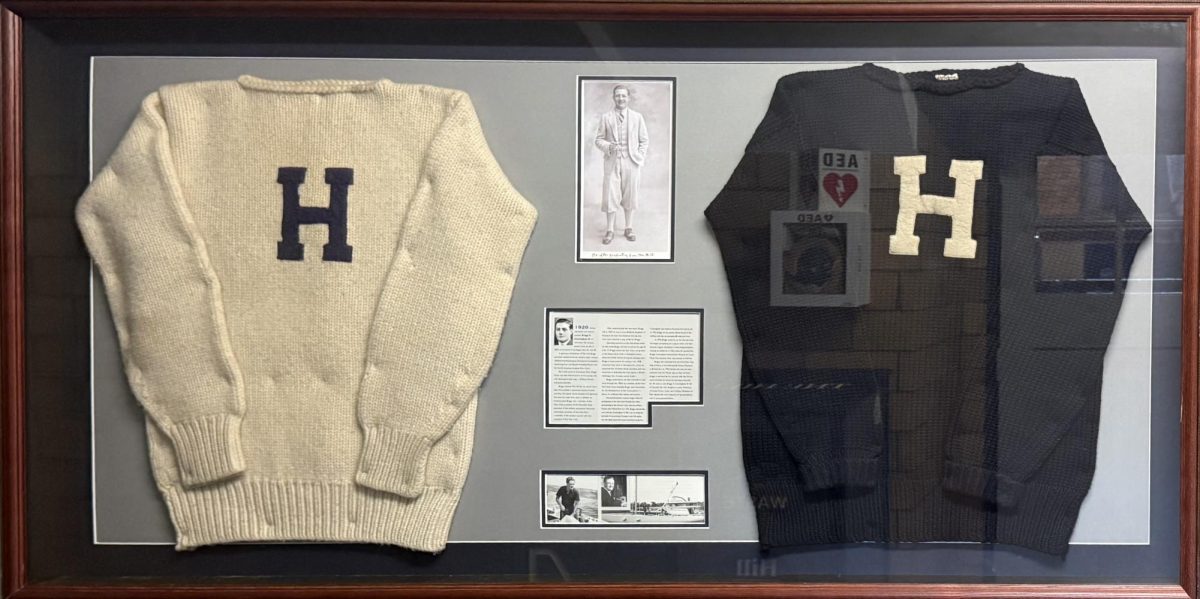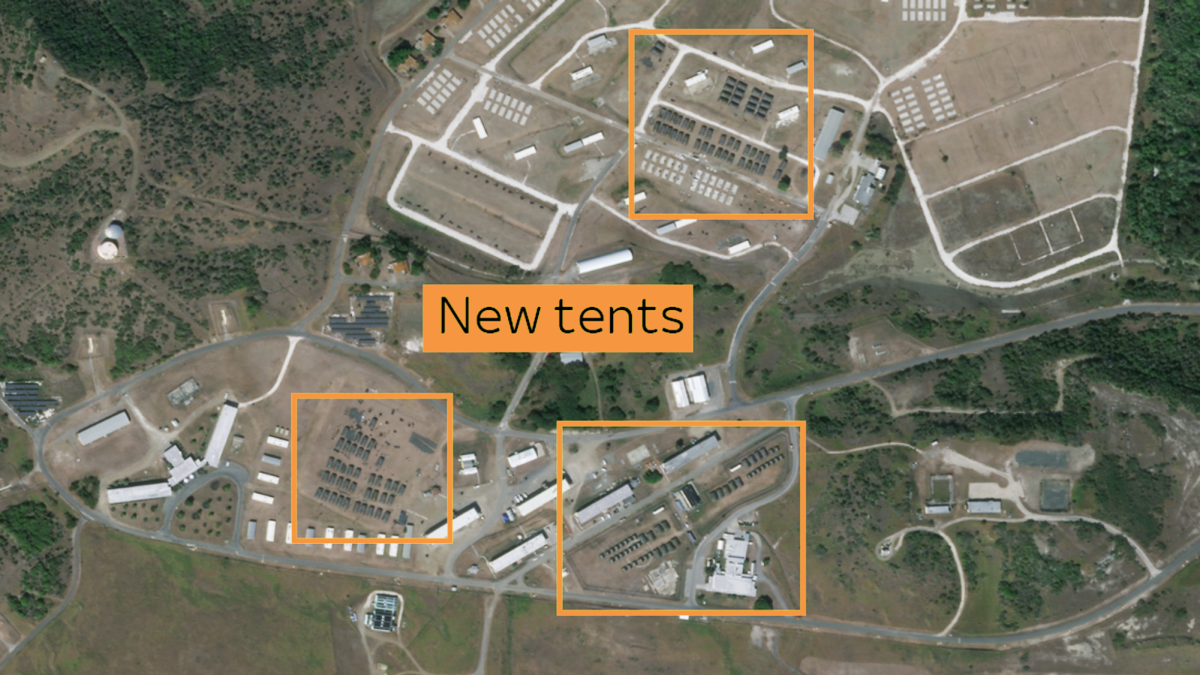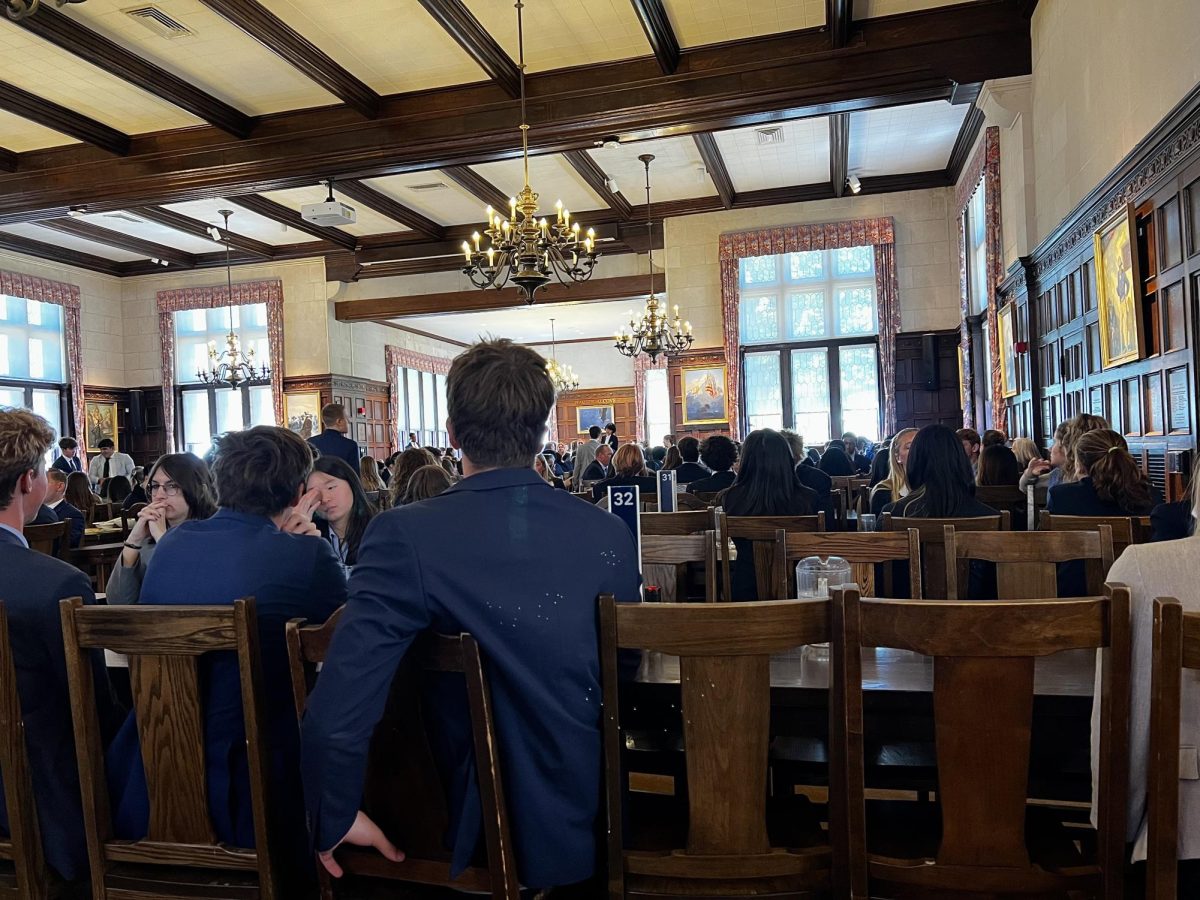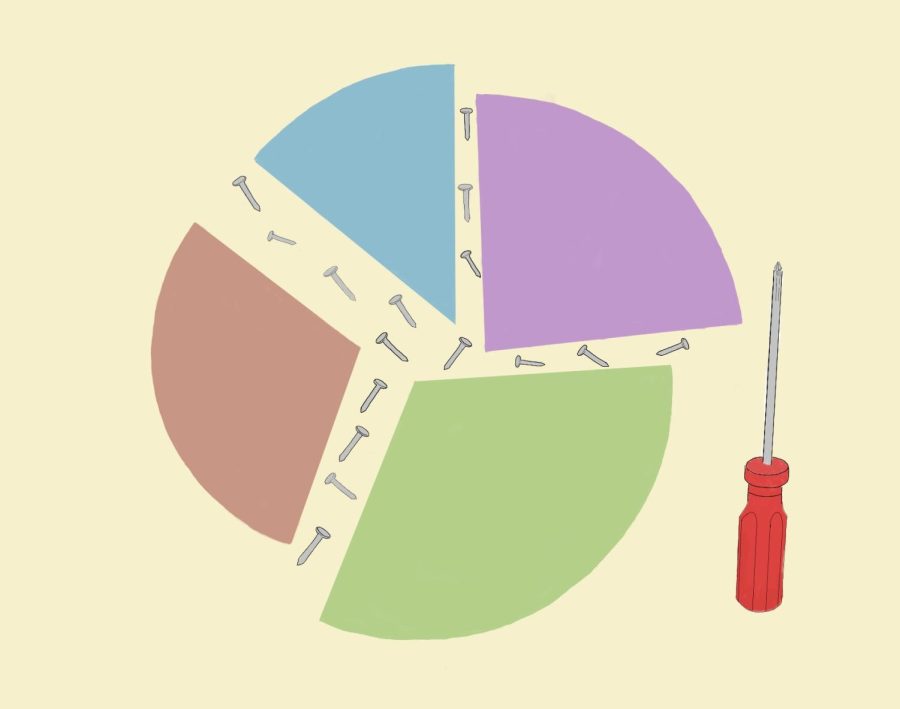Explaining SGA’s ranked-choice voting process
Media: Kiern Lim ’25
The SGA elections may often feel confusing or lacking in transparency to the average student. Many do not fully understand the process behind determining the winner. With the recent 3rd form representative elections and upcoming co-presidential election, the importance of understanding SGA’s ranked-choice voting process is more important than ever.
Following the SGA 3rd form debate, all the third form students received an online voting form from the SGA in which they had to rank their choice of candidates. Every student who was present at the debate was required to fill out the voting form. But, if they feel like none of the candidates running fits what they are looking for in their representative, students are allowed to choose to abstain from voting. “The system we used to determine the winners is ranked choice voting. So, each vote in the first rank would get three points for that candidate, second place two points, and third place one point. The candidate with the most number of points is awarded the win.” Akhil Kagithapu ’24, the 5th form SGA representative stated in an email.
The election system and method of vote calculation is carefully spelled out in the SGA constitution. The constitution lays out the voting process for the 6th form co-presidential elections, which act as models for all other SGA elections.
“A voter will be presented with all three candidate and asked to rank their #1 and #2 choice. The candidate receiving the first-place vote is assigned three points, the candidate receiving the second-place vote is assigned two points, and the candidate not ranked will be assigned zero points,” the constitution states. “The candidate with the most total points, wins the election. A tie is broken by giving the candidate with the more high placed rankings the advantage. If a tie still cannot be broken a run-off election will commence the next day.”
The SGA constitution guides the procedure for the way the sixth form presidential SGA elections are run, which the third form representative election is modeled after. “We’ve always calculated votes that way cause that’s what’s in our constitution,” Laura McConney, faculty adviser to the SGA, said.
When asked on the reasoning behind the choice for using this system in the SGA elections, “This is all in the SGA constitution, which is why we do it this way. So they are like sort of like weighted votes. That way we are skewing towards like people’s first choices as opposed to their second choices.” McConney said.
However, the SGA constitution is not set in stone, and students are able to request a change if they feel that there is a need to. “Now the nice thing about the SGA is that that constitution can change so long as there is a sentiment for it to change. All folks would need to do, if they ever wanted to change, the way that that election is conducted is talk to their senators, talk to their representatives, talk to the presidents, and. Ask for change.” McConney said.
There is no system in the world that is fully perfect and representative of everyone’s wants. “That’s the interesting thing about the system as a whole in terms of democracies is like, it never quite turns out the way we predict it to.” McConney concluded.

























